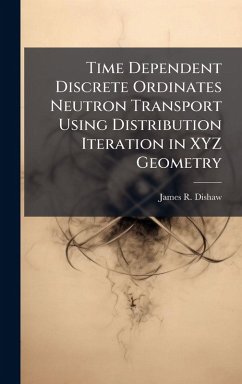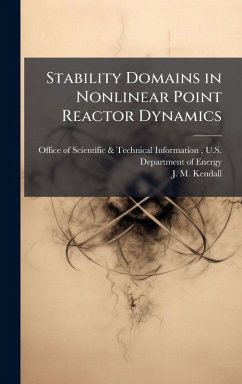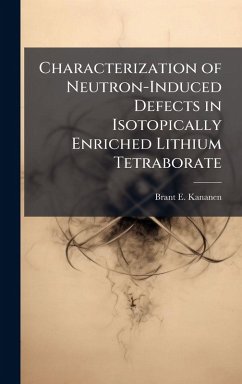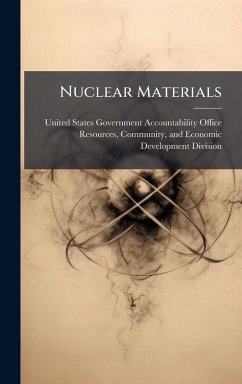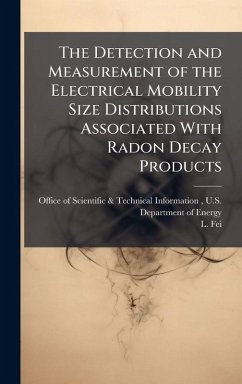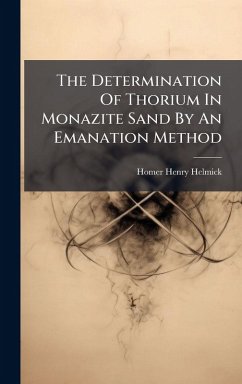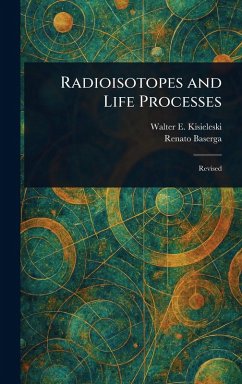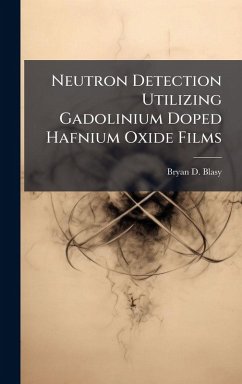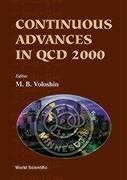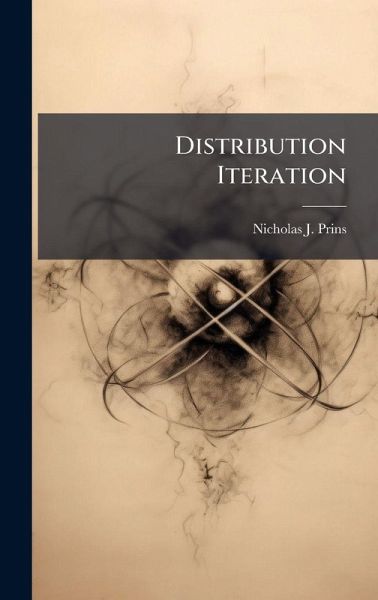
Distribution Iteration
Versandkostenfrei!
Versandfertig in über 4 Wochen
30,99 €
inkl. MwSt.
Weitere Ausgaben:

PAYBACK Punkte
15 °P sammeln!
The discrete ordinates method is widely used to solve the Boltzmann transport equation for neutral particle transport for many engineering applications. Source iteration is used to solve the discrete ordinates system of equations, but can be slow to converge in highly scattering problems. Synthetic acceleration techniques have been developed to address this shortcoming; however, recent research has shown synthetic acceleration to lose effectiveness or diverge for certain problems. LTC Wager introduced an alternative to source iteration and demonstrated it in slab geometry. Here the method is f...
The discrete ordinates method is widely used to solve the Boltzmann transport equation for neutral particle transport for many engineering applications. Source iteration is used to solve the discrete ordinates system of equations, but can be slow to converge in highly scattering problems. Synthetic acceleration techniques have been developed to address this shortcoming; however, recent research has shown synthetic acceleration to lose effectiveness or diverge for certain problems. LTC Wager introduced an alternative to source iteration and demonstrated it in slab geometry. Here the method is further developed, enhancing efficiency in various ways, and demonstrated in XY-geometry as well as slab geometry. It is shown to be efficient even for those problems for which diffusion-synthetic and transport-synthetic accelerations fail or are ineffective. The method has significant advantages for massively-parallel implementations. This work has been selected by scholars as being culturally important, and is part of the knowledge base of civilization as we know it. This work was reproduced from the original artifact, and remains as true to the original work as possible. Therefore, you will see the original copyright references, library stamps (as most of these works have been housed in our most important libraries around the world), and other notations in the work. This work is in the public domain in the United States of America, and possibly other nations. Within the United States, you may freely copy and distribute this work, as no entity (individual or corporate) has a copyright on the body of the work. As a reproduction of a historical artifact, this work may contain missing or blurred pages, poor pictures, errant marks, etc. Scholars believe, and we concur, that this work is important enough to be preserved, reproduced, and made generally available to the public. We appreciate your support of the preservation process, and thank you for being an important part of keeping this knowledge alive and relevant.



